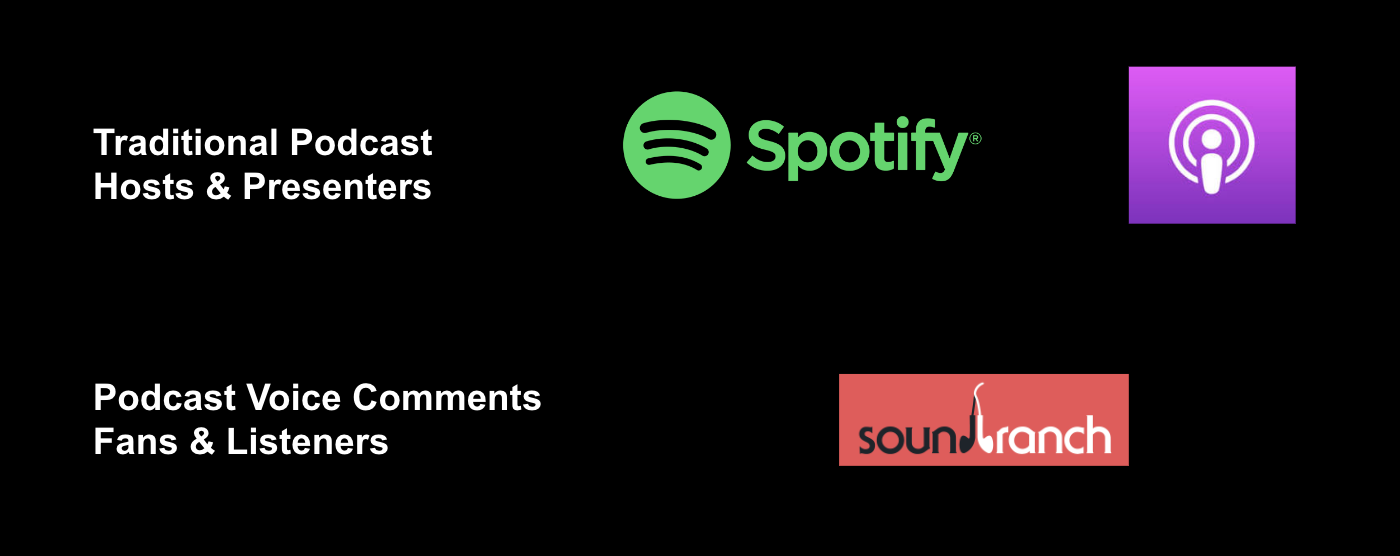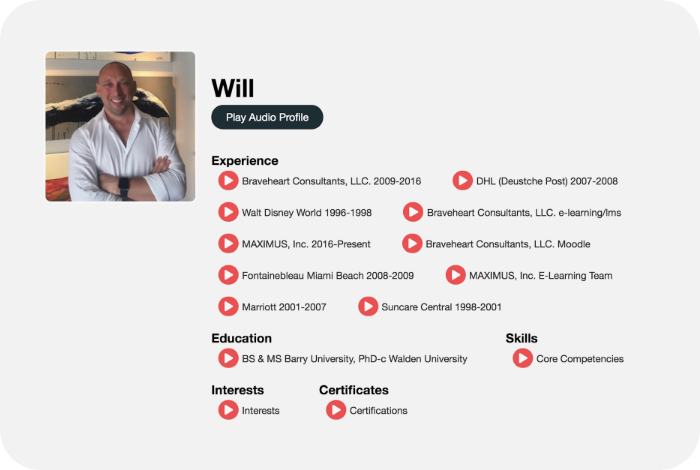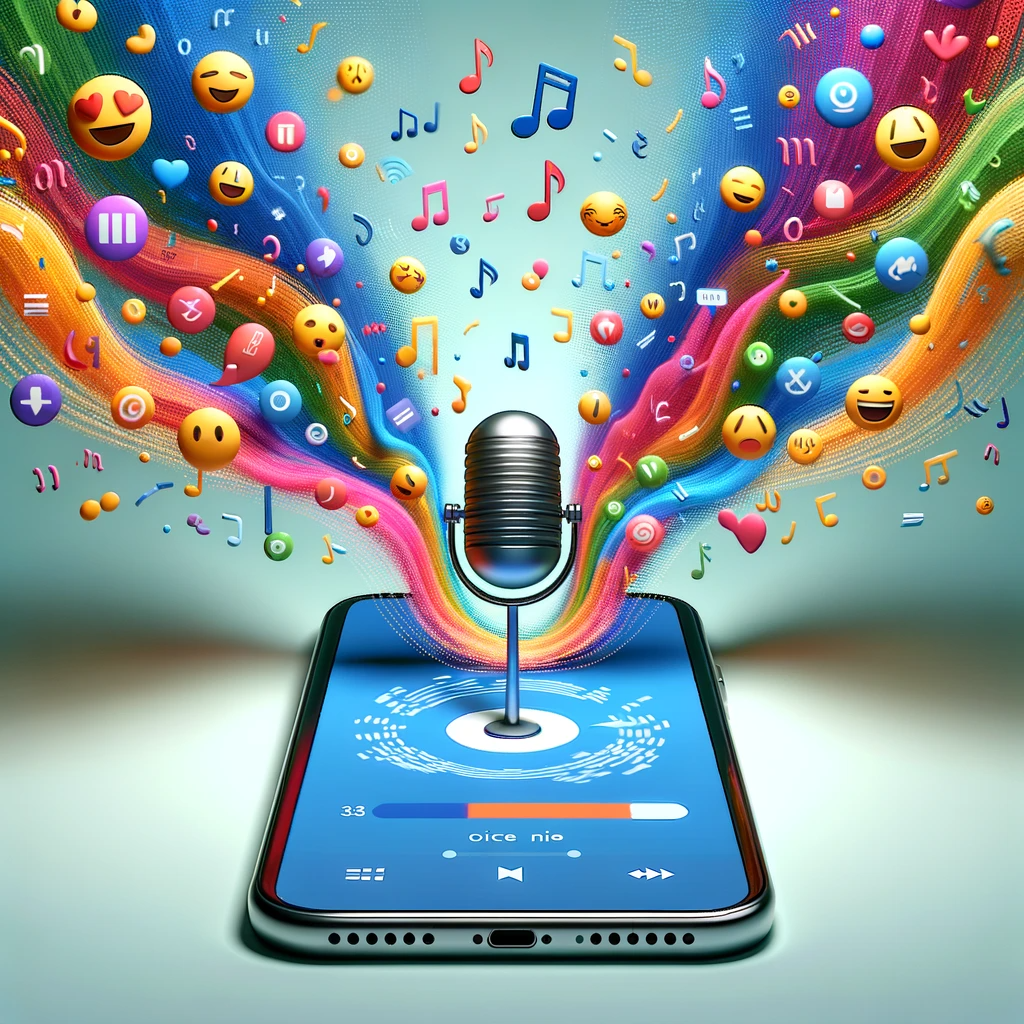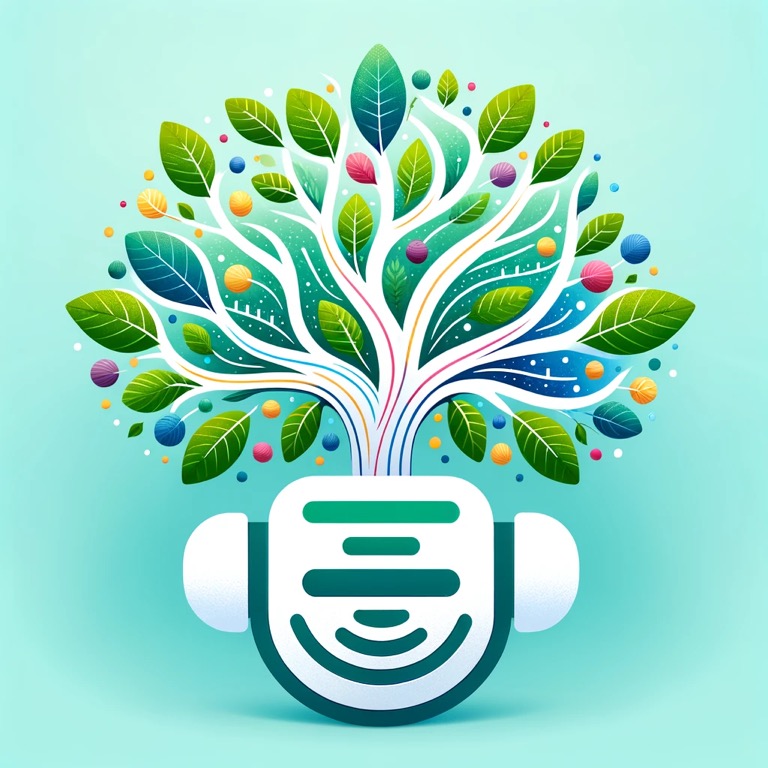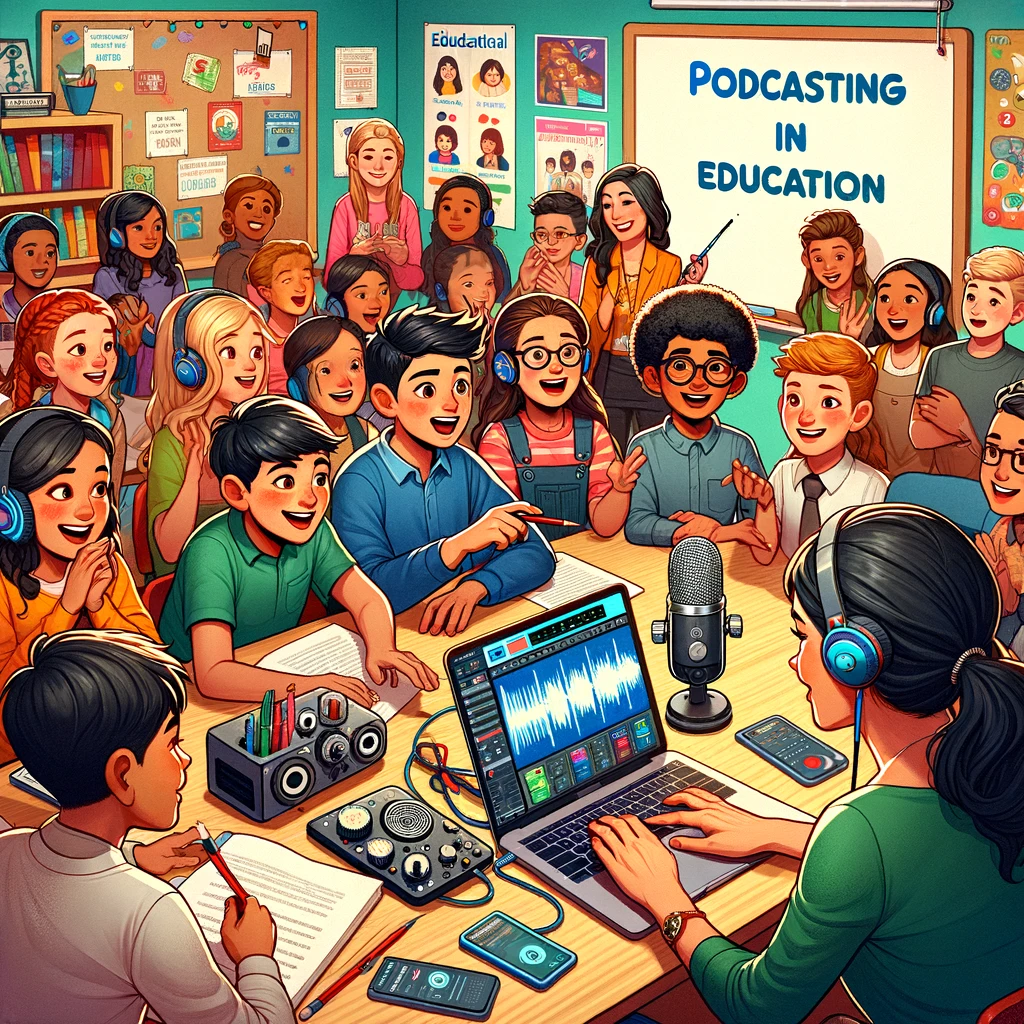In the intricate dance of education, the teacher-parent relationship is the foundation for a student’s success. Clear communication is vital, fostering understanding and empathy. Enter Sound Branch, a platform that transforms this dialogue through the power of voice. Unlike traditional methods that can feel impersonal and one-dimensional, Sound Branch allows schools to weave a richer tapestry of communication, strengthening connections between teachers, parents, and the school itself.
Voice Notes: Building Bridges with Empathy in Real-Time
Imagine a student, Sarah, struggling. A standard email notification about bullying might be cold and leave parents feeling distant from the situation. With Sound Branch, a teacher can record a warm voice note in moments. This allows them to express genuine concern for Sarah’s well-being in a way that text simply cannot. The teacher can outline observed behaviours and gently inquire about anything Sarah might be experiencing. This personal touch conveys empathy and opens a dialogue for Sarah’s parents, creating a bridge for support and a feeling of being part of the solution.
The benefits of voice notes extend beyond addressing challenges. A voice note celebrating David’s exceptional science project goes beyond a grade. The teacher’s enthusiasm, captured in the moment, highlights David’s creativity and ignites pride in both him and his parents. Hearing the excitement in the teacher’s voice personalises the achievement and adds a human touch that a written message might lack. These small moments, captured through voice notes, can strengthen connections between teachers and parents, fostering a more positive and collaborative school environment.
Podcasts: Unveiling the School Experience and Fostering Deeper Understanding
School uniforms can be a point of contention for some parents. A static document outlining the policy might leave them feeling uninformed or even frustrated. A Sound Branch podcast series, co-hosted by the principal and a parent representative, can bridge this gap. The podcast can delve into the reasons behind the policy, such as fostering a sense of community or reducing competition focused on clothing. Discussing the benefits in a conversational format allows for a nuanced discussion, addressing potential concerns and fostering a sense of understanding between parents and the school. This transparency builds trust and strengthens the relationship between the school community and parents.
Beyond the Examples: Expanding the Reach of Sound Branch
The power of Sound Branch extends far beyond the examples of bullying and uniform policy. Imagine a new teacher introducing herself and her classroom to parents via a warm and inviting podcast. Parents can hear the passion in her voice and get a glimpse into the nurturing environment their child will be entering. This personal introduction can set the tone for a positive and collaborative relationship throughout the school year.
Sound Branch can also be a valuable tool for parent-teacher conferences. After an in-person meeting, a teacher can send a follow-up voice note summarising key points and offering additional support. This personalised touch reinforces the conversation and demonstrates the teacher’s ongoing commitment to the student’s success. Imagine a teacher leaving a voice note for a parent who might be struggling with a complex learning topic their child is facing. The teacher can break down the concept in simpler terms, offer resources, and suggest ways the parent can support their child’s learning at home. This extra layer of support can make a significant difference in a student’s progress.
Beyond the Classroom Walls: Empowering Parents and Strengthening the Community
Sound Branch’s applications extend beyond the classroom walls. The platform can be a valuable tool for hosting school board meetings or community forums. Imagine a series of podcasts featuring guest speakers such as educational experts or mental health professionals. These podcasts can address broader topics relevant to parents, such as navigating social media pressures or supporting a child with ADHD. By providing parents with access to valuable information and fostering a sense of community, Sound Branch empowers parents to become active partners in their child’s education.
Sound Branch: A Catalyst for a More Supportive Educational Ecosystem
Sound Branch isn’t just about convenience; it’s about enriching communication and forging stronger bonds within the educational ecosystem. Voice notes and podcasts personalise impersonal topics, humanise school policies, and bridge the gap between theory and practice. By leveraging the power of voice and fostering empathy, Sound Branch creates a stronger support system for students. It transforms the dialogue from mere information exchange to a shared journey, empowering parents and educators to work together for student success. In the end, Sound Branch fosters a more supportive and collaborative environment where students can not only thrive academically, but also feel emotionally secure and understood. This holistic approach to education benefits everyone involved, laying the groundwork for a successful and fulfilling learning experience.



